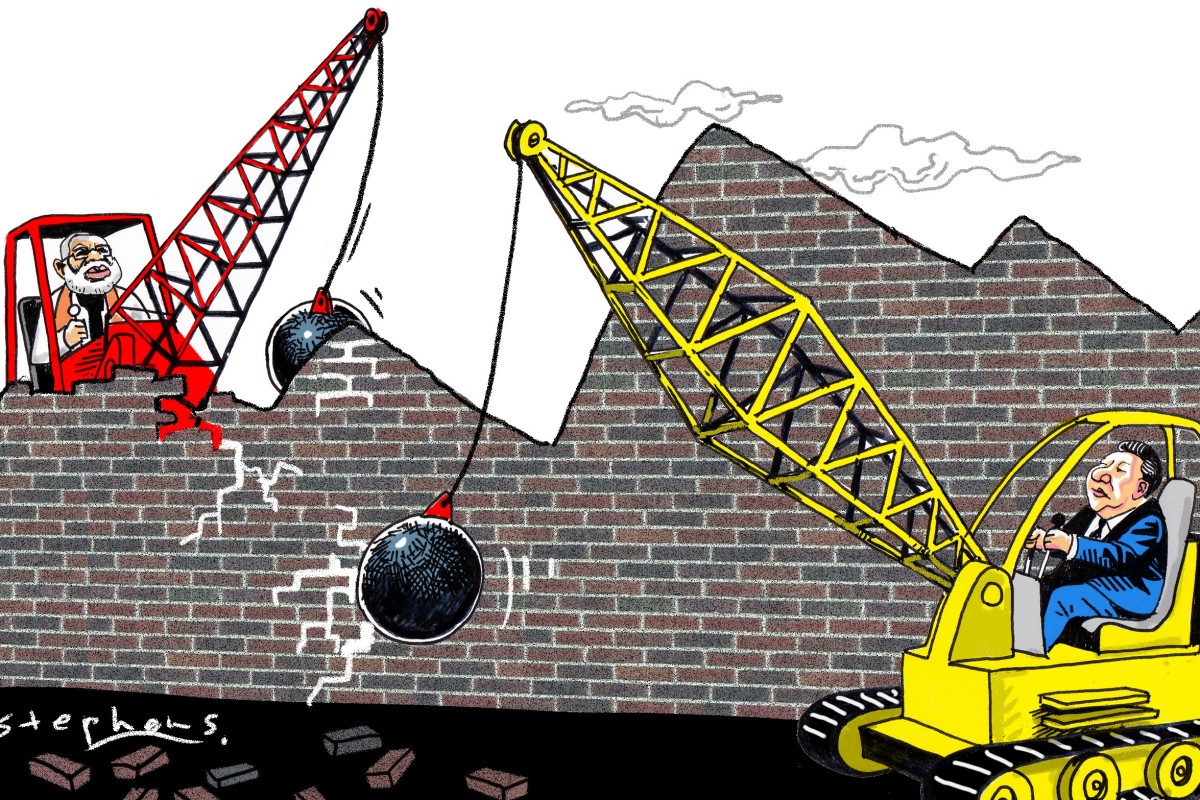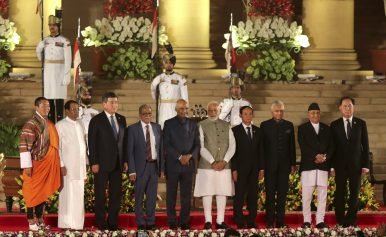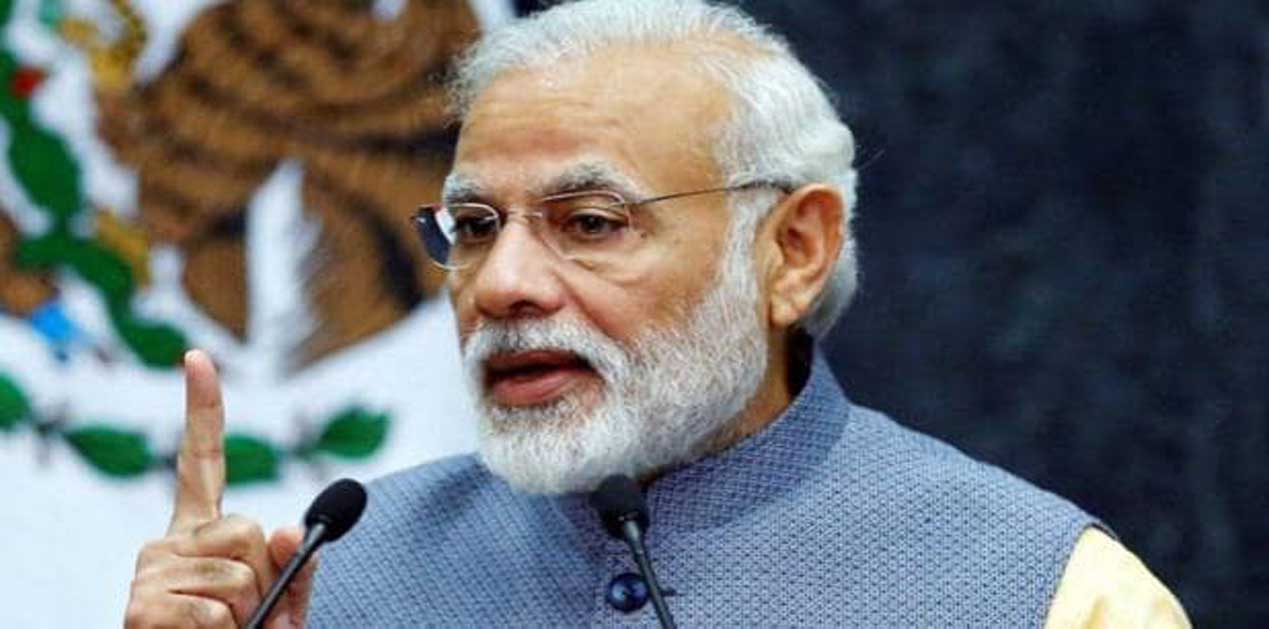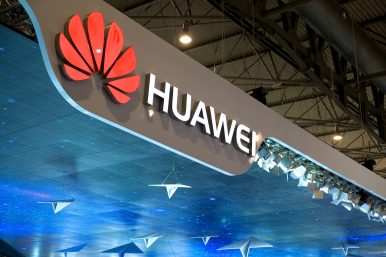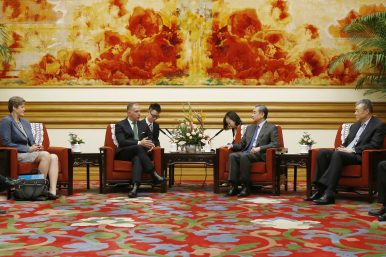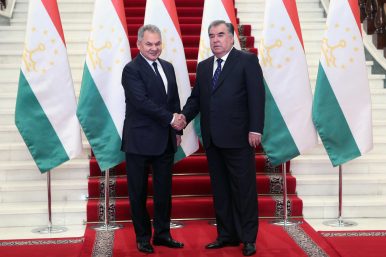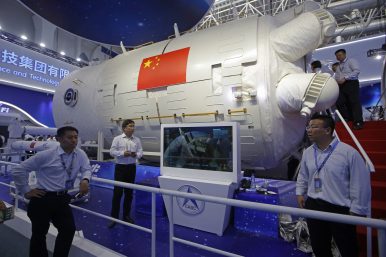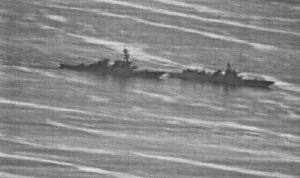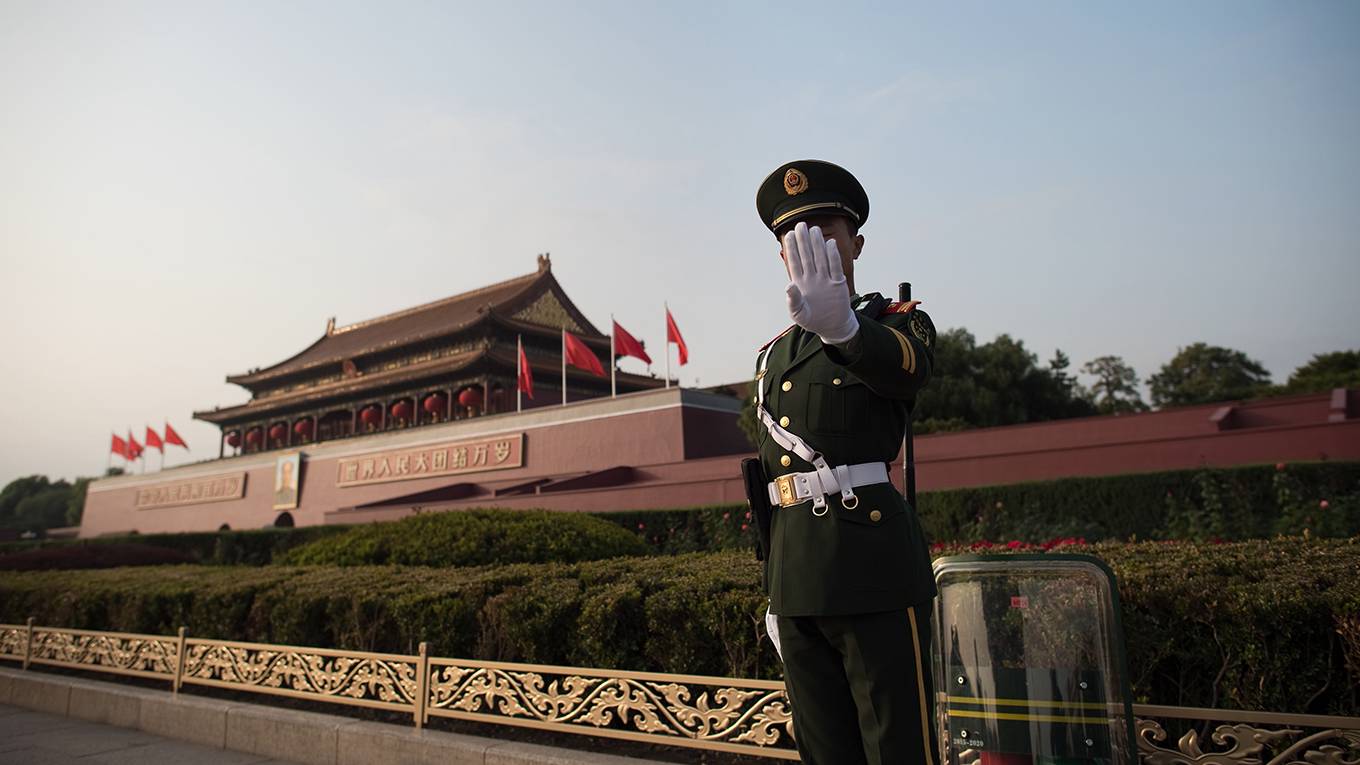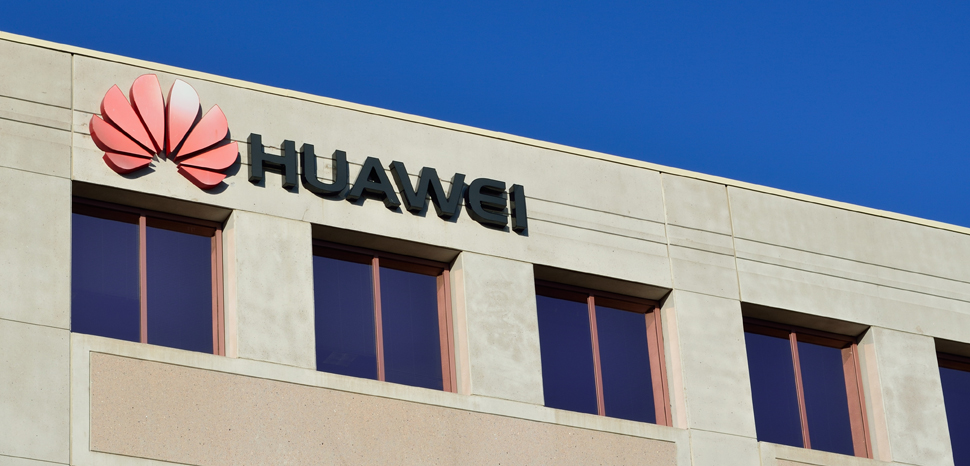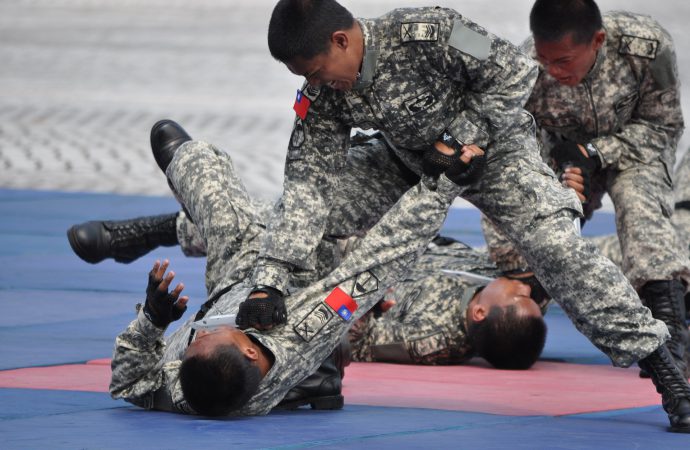By Subrata Majumder
 Breaking the legacy of Mauritius, Singapore topped in the foreign direct investment (FDI) race in India. In 2018-19, FDI flow from Singapore was US $16,228 million , as compared to US $ 8,084 million from Mauritius. It was third time that Singapore edged out Mauritius in FDI race in India.
Breaking the legacy of Mauritius, Singapore topped in the foreign direct investment (FDI) race in India. In 2018-19, FDI flow from Singapore was US $16,228 million , as compared to US $ 8,084 million from Mauritius. It was third time that Singapore edged out Mauritius in FDI race in India.
Nevertheless, in 2018-19 the significance of Singapore’s outnumbering Mauritius in FDI race was that it was on the binge for a sparkling growth, in contrast to FDI shrinking from Mauritius. In 2013-14 and 2015-16 when Singapore edged out Mauritius, it accounted for 24.6 percent and 34.3 percent share respectively of the total FDI flow in India. In 2018-19, its share went up further high when it accounted for 36 per cent of total FDI flow in the country.
This trend pitches a ground that Singapore is assertive to top FDI in the years to come. Mauritius stint at the top place started shredding since 2018-19. It downsized nearly to half of its flow in 2017-18 – from US $ 15, 941 million in 2017-18 to US$ 8084 million in 2018-19. Correspondingly, FDI from Singapore surged by over 33 percent in 2018-19. The main cause for the downslide was abrogation of capital gain tax benefit under the new Double Taxation India Mauritius Tax Treaty.
